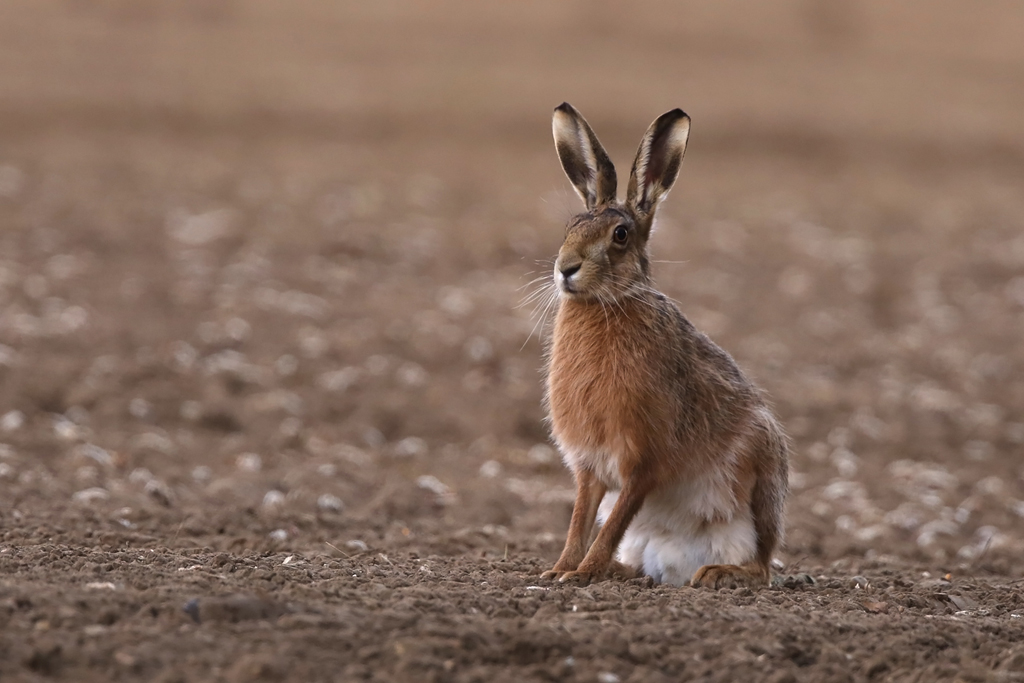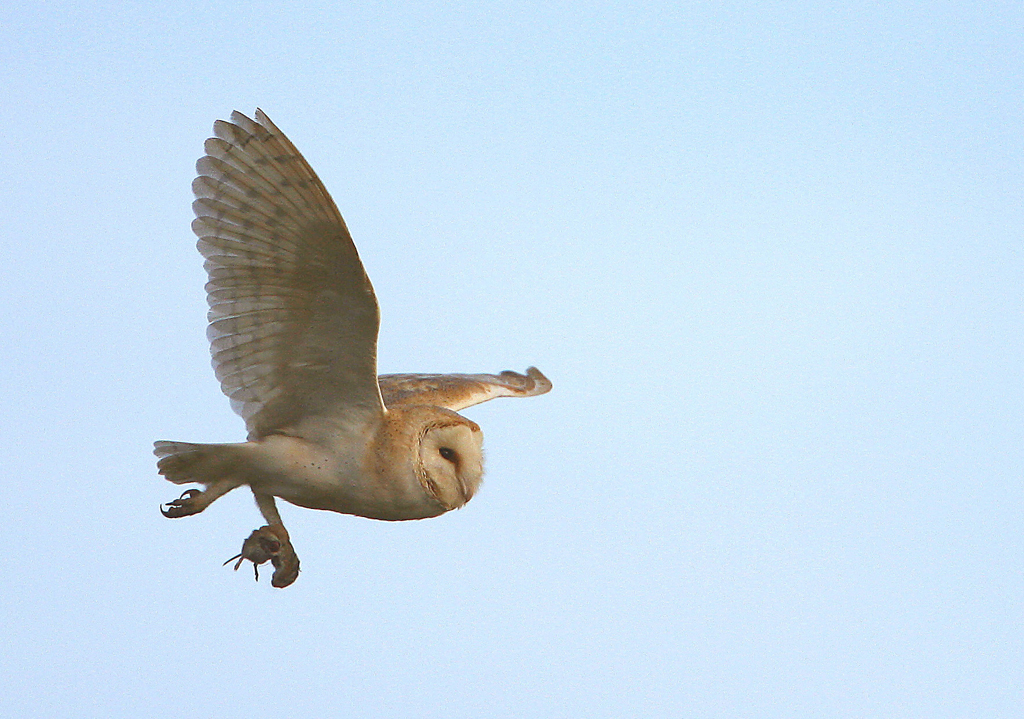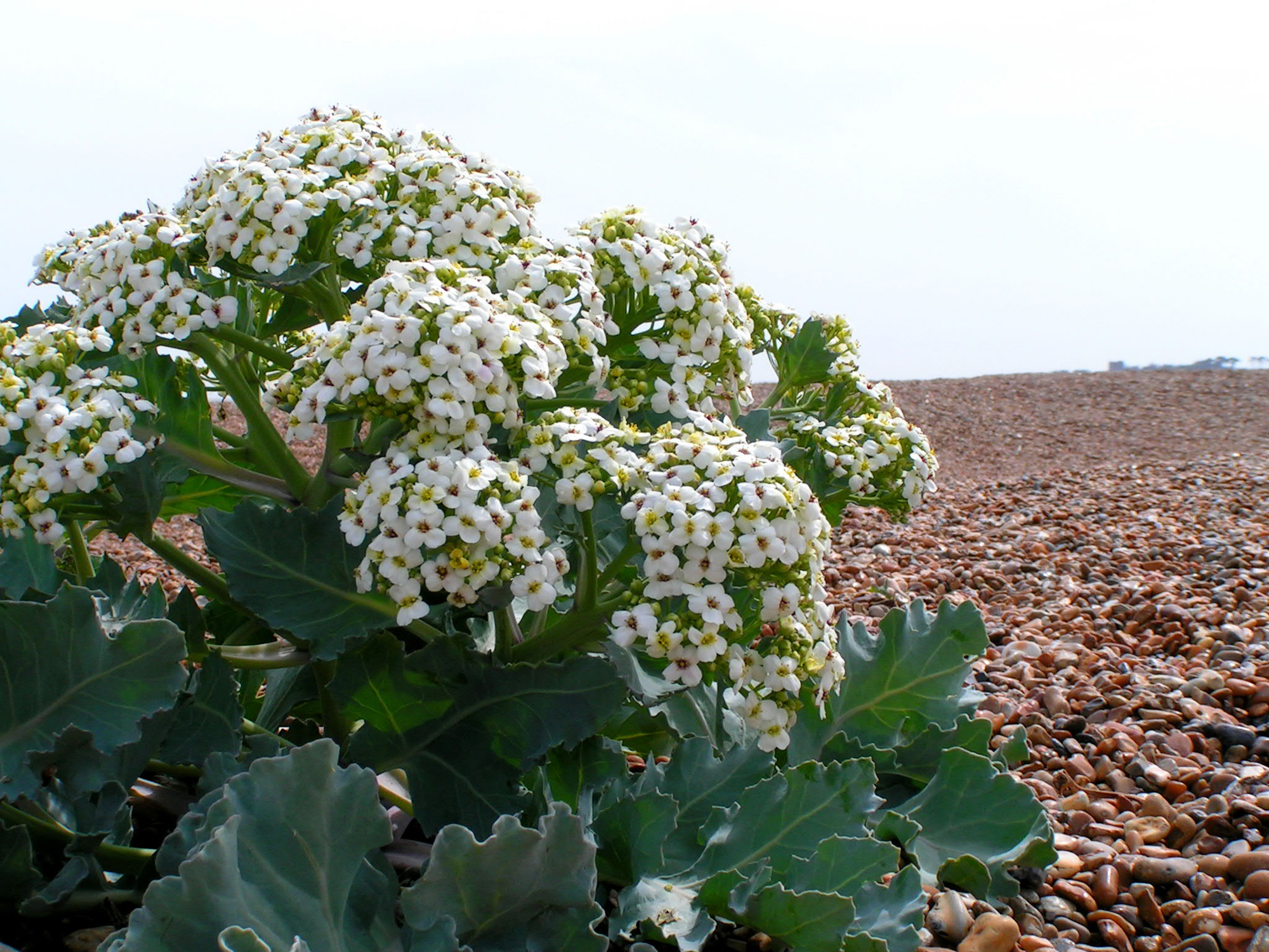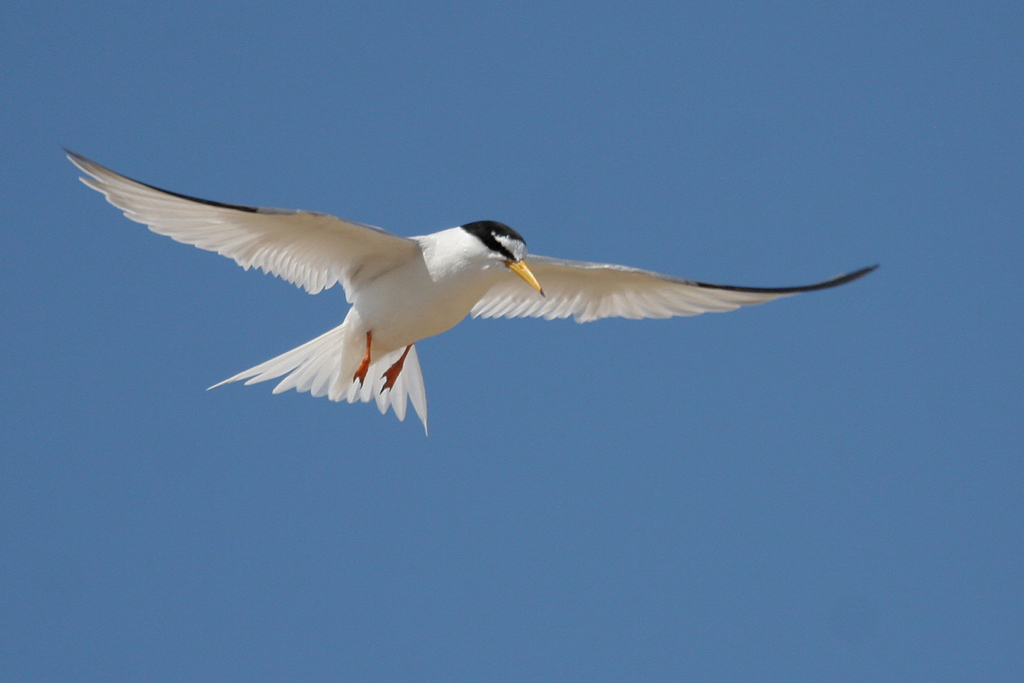Village Voices Nature Note: Benign Neglect
01 Sep 2021
Sometimes the best form of conservation action is inaction. The poet Gerard Manley Hopkins visited Loch Lomond in 1918 and afterwards wrote these lines, entranced by the wonders of its wild and untouched nature:
What would the world be, once bereft
Of wet and of wildness?
Let them be left,
O let them be left, wildness and wet;
Long live the weeds and the wilderness yet.
Further south, it sometimes feels as though we are waging a war on wildness. We transfer the house-proud virtues of keeping our homes clean and tidy on to the countryside itself, as if it was a kind of extension of our living rooms. Take the case of roadside verges. There’s no need to keep these shorn like carpets, as many landowners and local councils do. We have over 300,000 miles of rural roadside verges in this country, so that’s a major natural resource, equivalent in size to about half of the whole area of flowering meadows and grasslands we still have left (and we’ve lost a terrifying 97% of those to agricultural or urban development in the last 75 years).
Our verges support over 700 species of flowers overall and that’s nearly half our total flora. Never mind that you might think some of them weeds if they were in your front garden. What’s a weed but a flower in the wrong place? I walked a length of our local verges in July and they were ablaze with vetches, trefoils, scabious, knapweed, thistles, ox-eye daisies, meadowsweet, clovers and cranesbill. And all these flowers in turn support legions of butterflies, moths, bees and other insects. The bird’s foot trefoil, for example, feeds some 130 species of invertebrates, and it’s estimated that just a mile of flower- rich verge can produce 20kg of nectar-sugar, enough to sustain several million pollinators like these.
Verges do need to be cut periodically, or else the weight of dying vegetation would eventually overwhelm them and stifle next year’s growth, but the time to do this is late in the summer, or even autumn, when seeds will have been shed. That way you maximise biodiversity, whereas a suburban neatness amounts to mass ecocide. The old Best-kept Village awards used to be judged partly on tidiness, but we know better now. The name verge comes from the Latin virga, the staff of official responsibility, indicating the extent of the holder’s power, and our civic responsibilities now extend to saving our declining wildlife. In parts of Suffolk selected verges have therefore been declared Nature Reserves – great idea! Long live the weeds and the wilderness yet.
What would the world be, once bereft
Of wet and of wildness?
Let them be left,
O let them be left, wildness and wet;
Long live the weeds and the wilderness yet.
Further south, it sometimes feels as though we are waging a war on wildness. We transfer the house-proud virtues of keeping our homes clean and tidy on to the countryside itself, as if it was a kind of extension of our living rooms. Take the case of roadside verges. There’s no need to keep these shorn like carpets, as many landowners and local councils do. We have over 300,000 miles of rural roadside verges in this country, so that’s a major natural resource, equivalent in size to about half of the whole area of flowering meadows and grasslands we still have left (and we’ve lost a terrifying 97% of those to agricultural or urban development in the last 75 years).
Our verges support over 700 species of flowers overall and that’s nearly half our total flora. Never mind that you might think some of them weeds if they were in your front garden. What’s a weed but a flower in the wrong place? I walked a length of our local verges in July and they were ablaze with vetches, trefoils, scabious, knapweed, thistles, ox-eye daisies, meadowsweet, clovers and cranesbill. And all these flowers in turn support legions of butterflies, moths, bees and other insects. The bird’s foot trefoil, for example, feeds some 130 species of invertebrates, and it’s estimated that just a mile of flower- rich verge can produce 20kg of nectar-sugar, enough to sustain several million pollinators like these.
Verges do need to be cut periodically, or else the weight of dying vegetation would eventually overwhelm them and stifle next year’s growth, but the time to do this is late in the summer, or even autumn, when seeds will have been shed. That way you maximise biodiversity, whereas a suburban neatness amounts to mass ecocide. The old Best-kept Village awards used to be judged partly on tidiness, but we know better now. The name verge comes from the Latin virga, the staff of official responsibility, indicating the extent of the holder’s power, and our civic responsibilities now extend to saving our declining wildlife. In parts of Suffolk selected verges have therefore been declared Nature Reserves – great idea! Long live the weeds and the wilderness yet.
Jeremy Mynott








